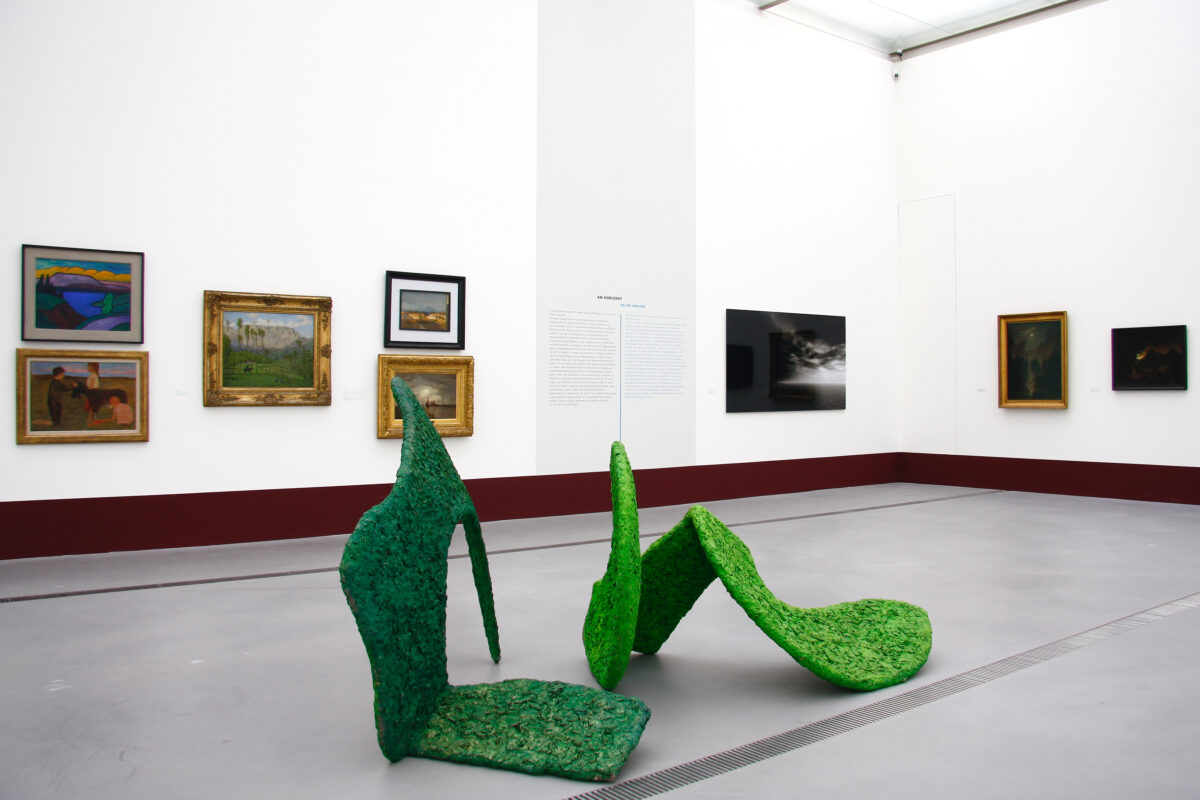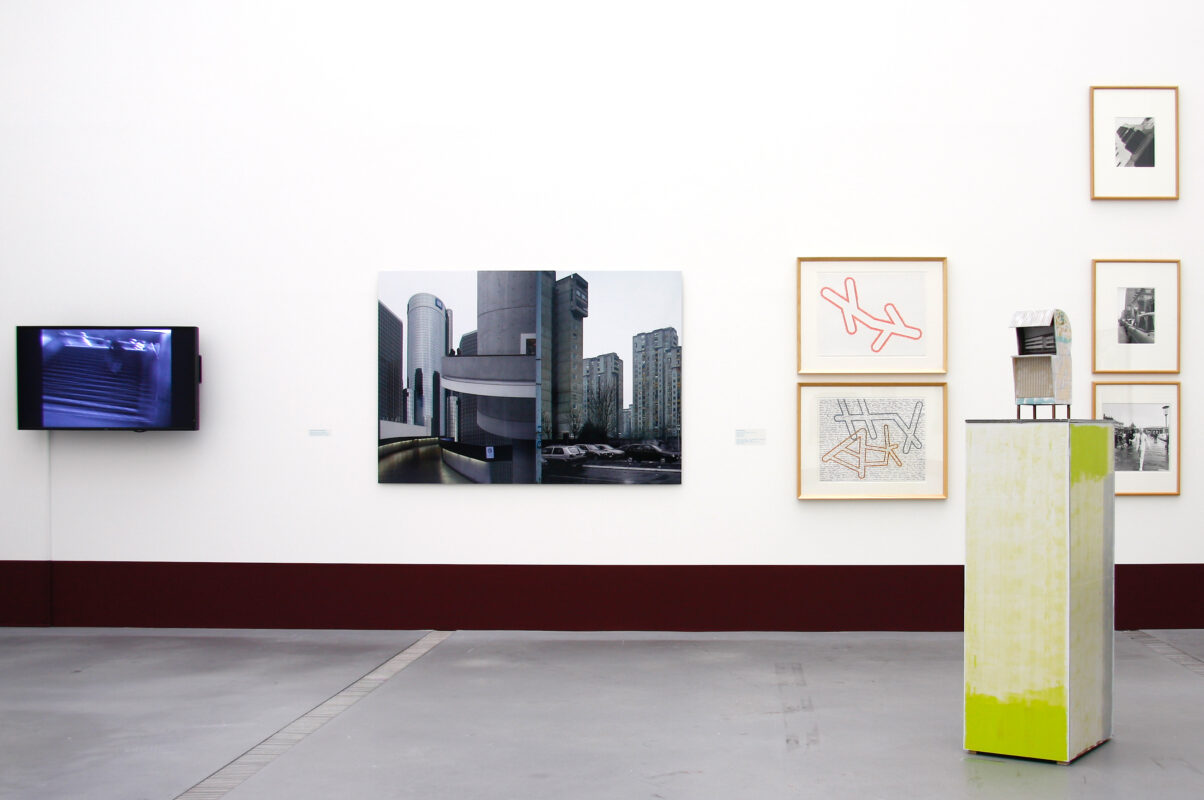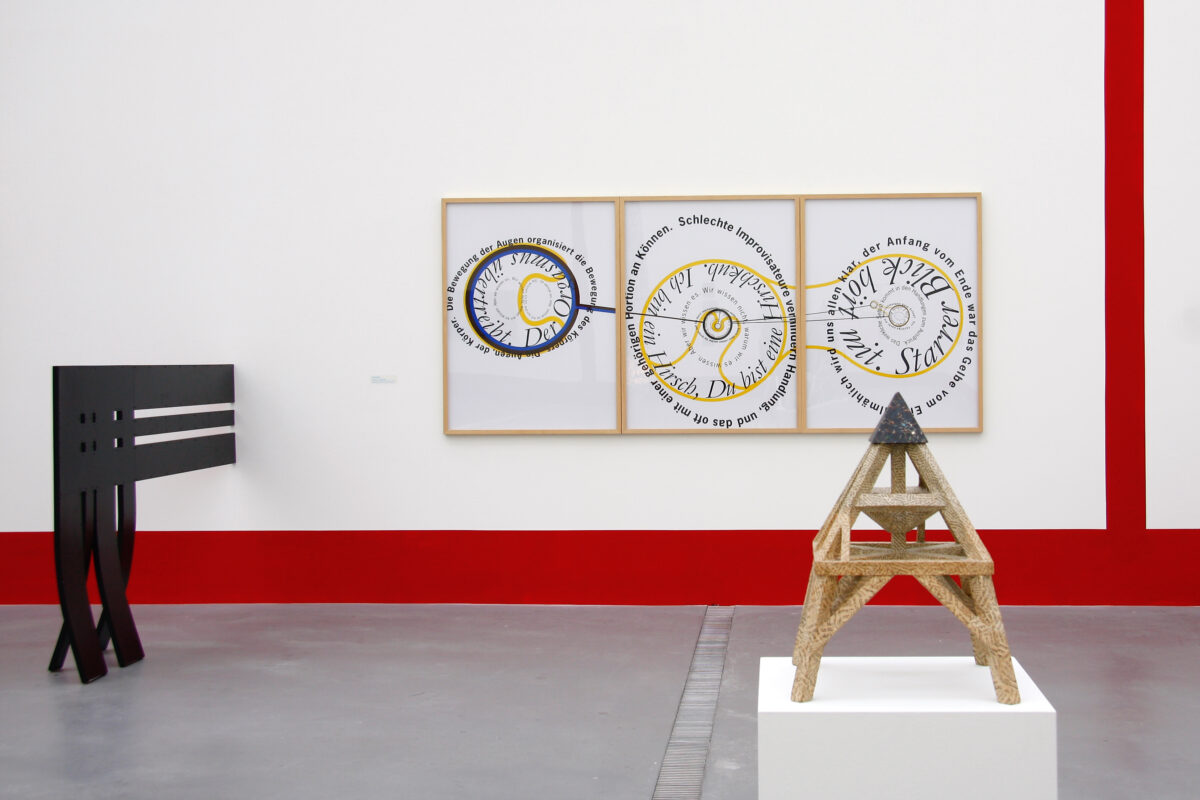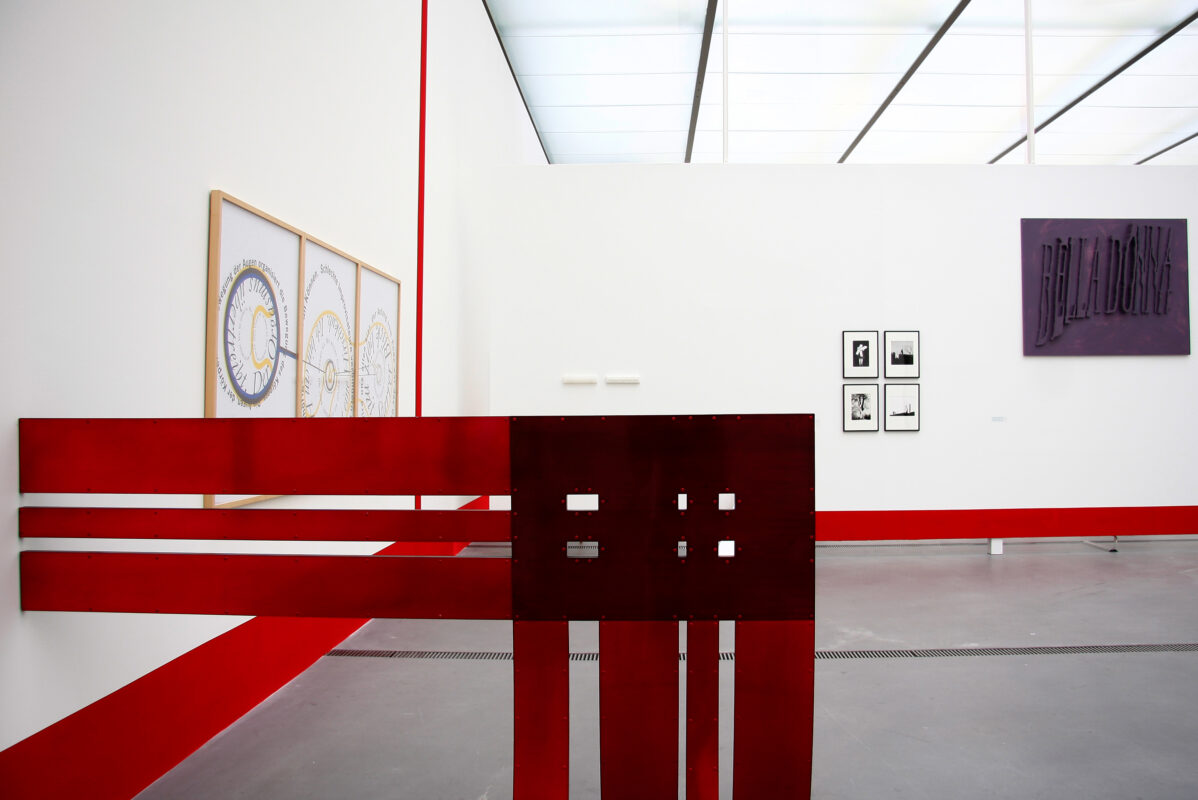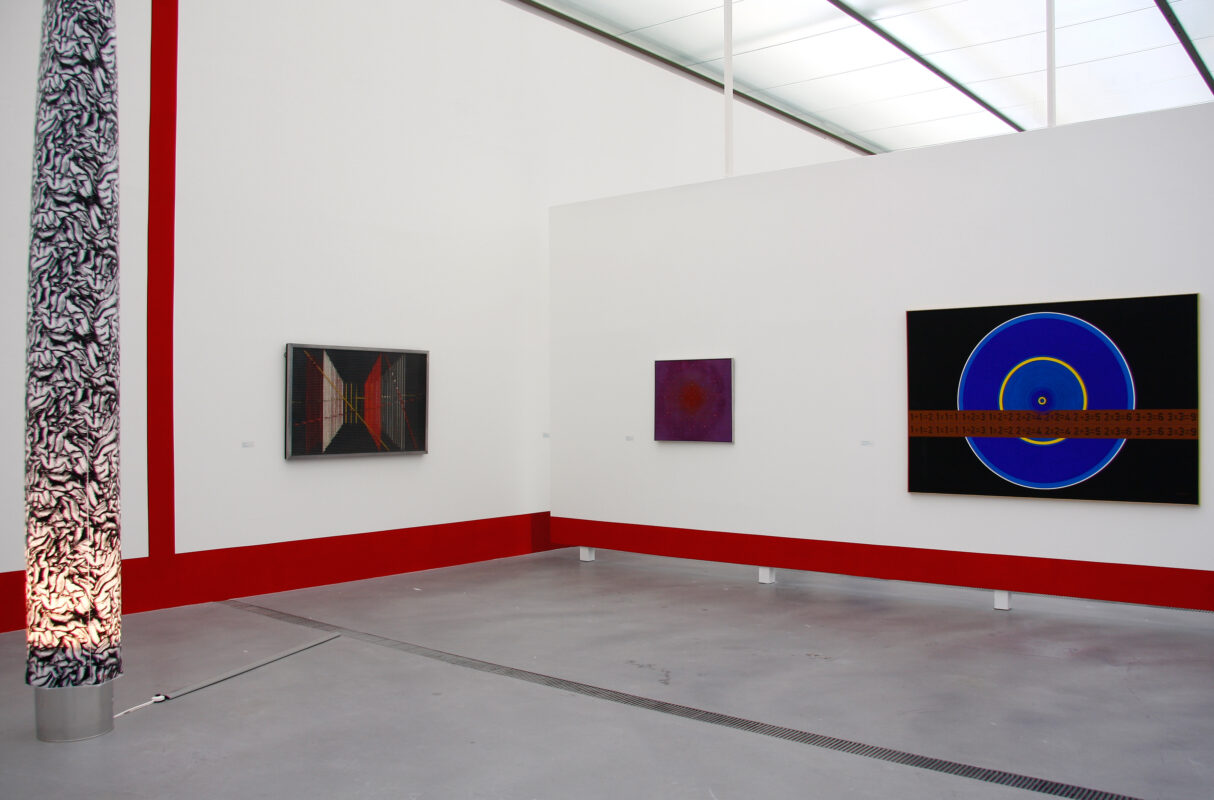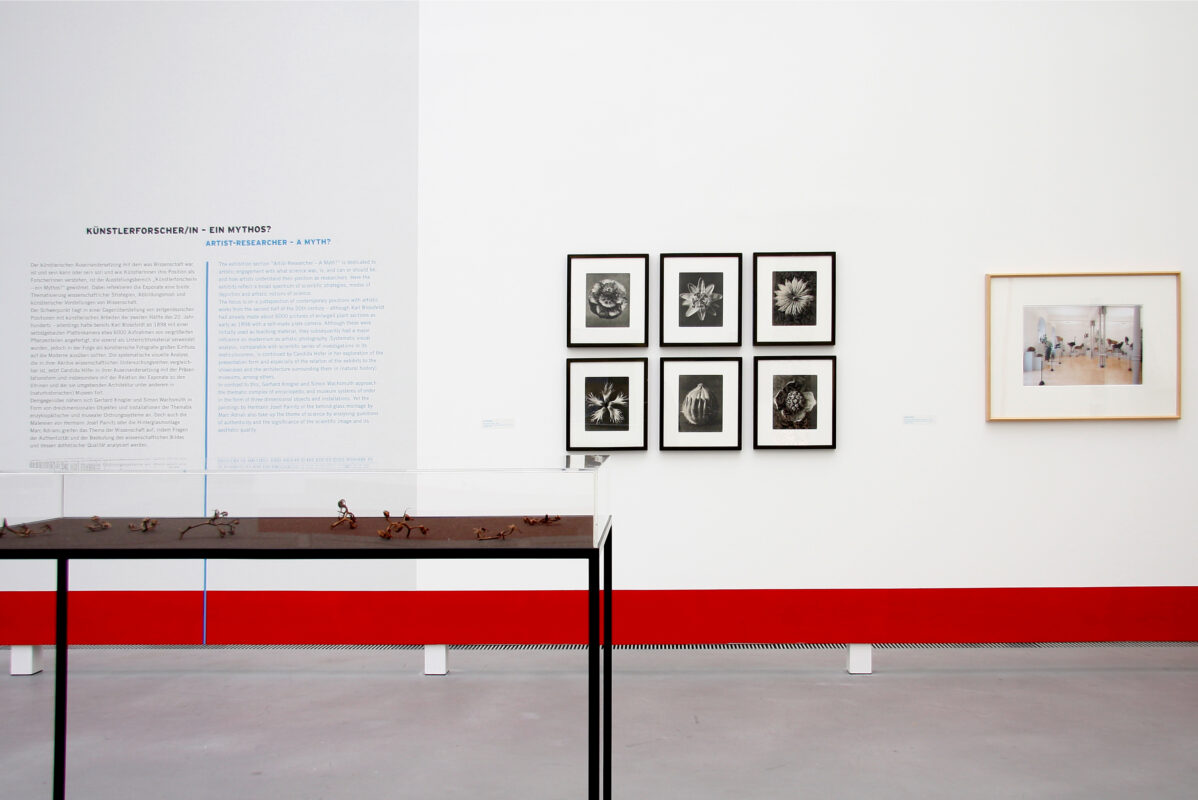Point of Intersection Linz
Young Art and Masterpieces
The exhibition “Point of Intersection” explores the significance of Linz as a place where art is created and collected. In the surroundings of the Art University and Ars Electronica, Linz is not only a fascinating place for art productions, but also cultivates a vibrant practice of collecting modern and contemporary art. This is reflected in both the international orientation of the Lentos Collection and in the city purchases of contemporary art affiliated with Linz.
In “Point of Intersection”, the guest curators Dieter Buchhart and Johanna Schwanberg not only take a look at the regional art scene, but also virtually challenge the work from this scene with well known works from classical modernism all the way to contemporary art. In this way, the presentation is woven into a cultural history journey between the eras and between the various artistic media, which characterize both a new presentation of the Lentos Collection and a presentation of exciting young and younger artists affiliated with Linz.
At the same time, the curators raise questions illuminating the parallels and divergences between works from different eras. What links a landscape painting by Caspar David Friedrich (1774 – 1840) with a nature photograph by Mathias Kessler (b. 1968), and how does the video that “gets under your skin” by the Linz Art University graduate Karin Fisslthaler (b. 1981) stand up to Egon Schiele’s (1890 – 1918) radical, painterly self-scrutinizing?
The confrontations result in cross-connections and new perspectives: for instance, a profound engagement with human existence is just as inherent to the portraits by Oskar Kokoschka or Maria Lassnig as to those by Irma Kapeller or Herwig Kempinger. Landscape serves not only Caspar David Friedrich and Max Klinger, but also young, contemporary artists such as Mathias Kessler or Julie Monaco as a window to the understanding of nature in their time, thus forming a mirror of the respective society both in the 19th and in the 21st century.
In a diversity of media, fascinating connections unfold in eight thematic areas, such as the portrait, abstraction, landscape and science. There is a special focus on works dealing with socially relevant issues (migration, identity, social issues, globalization, gender issues) and on intermedia, artistic approaches (art and science, text and image, painting and sculpture).
Video
*Please understand that we offer our video production in German language only.
